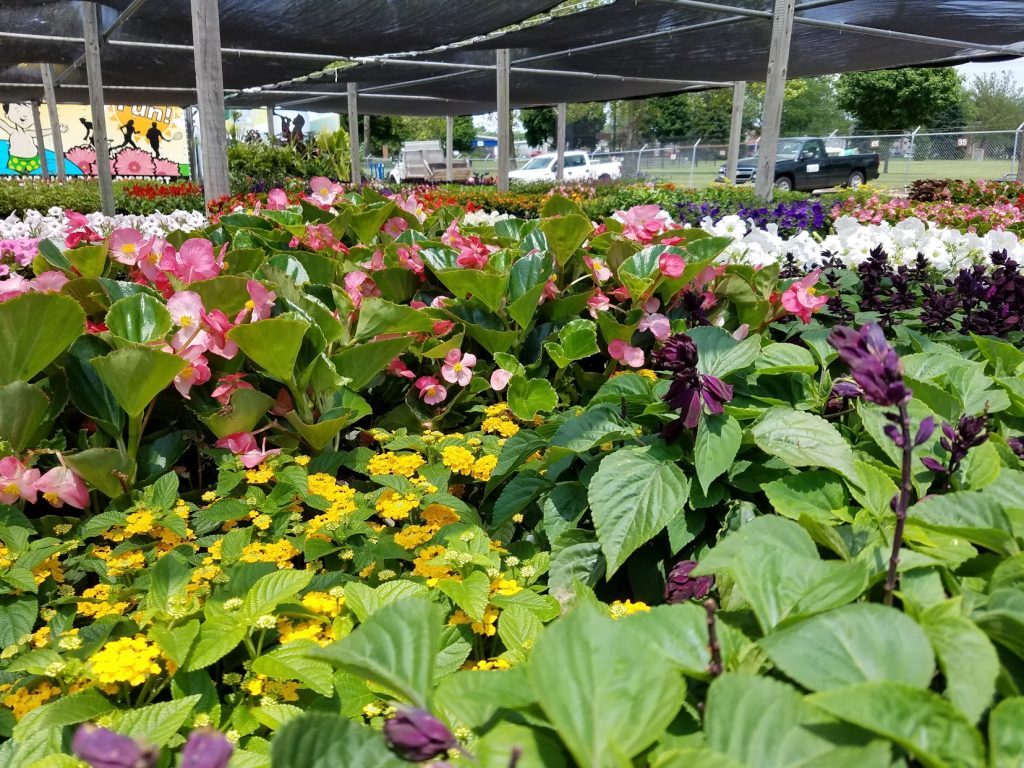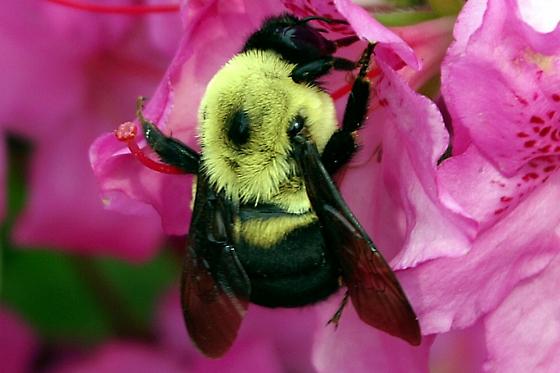Each of these scientific projects has been designed by a University of Illinois Urbana-Champaign researcher and has been vetted by University of Illinois Extension for impact and feasibility. When data collection has been completed, those scientists will crunch the numbers and do their best to publish their results.

Monarch response to garden variability
An important resource for monarch butterflies in their breeding range is milkweed plants, which their larvae need to feed on before they develop into adults. Monarch butterflies in the Midwest experience a wide variety of habitats, and many questions remain about how they respond to those varied regions. Dr. David Zaya is interested in how monarch egg laying and caterpillar growth responds to different garden and landscape variables. We would like community scientists to collect data on garden monarch egg and larva abundance in order to better understand how much gardens contribute to monarch conservation.

Pollinator attraction to ornamental flowers
Home and community gardens commonly include a wide array of ornamental and native flower species, and these flowers may provide a variety of floral resources to pollinators. Unfortunately, there is limited information on pollinator attraction to different garden flowers, particularly ornamental annuals. Dr. Harmon-Threatt’s lab is currently investigating which ornamental flower species attract pollinators and help create the best environment to host butterflies, bees, and flies. The lab hopes to enlist community scientists to observe ornamental flower species and collect pollinator visitation data to evaluate pollinator ornamental floral preferences.

BeeSpotter
Many bee species have experienced population declines over the past decade, and long-term monitoring programs are essential in order to collect baseline bee population data and evaluate changes in bee abundance. This project is part of the larger BeeSpotter program and aims to establish long-term monitoring of Illinois honey bee and bumble bee populations. In order to perform statewide monitoring, we hope to engage community scientists across Illinois to take pictures of honey bees and bumble bees. With the help of community scientists, we can collect data which will help monitor and conserve honey and bumble bee populations across the state.